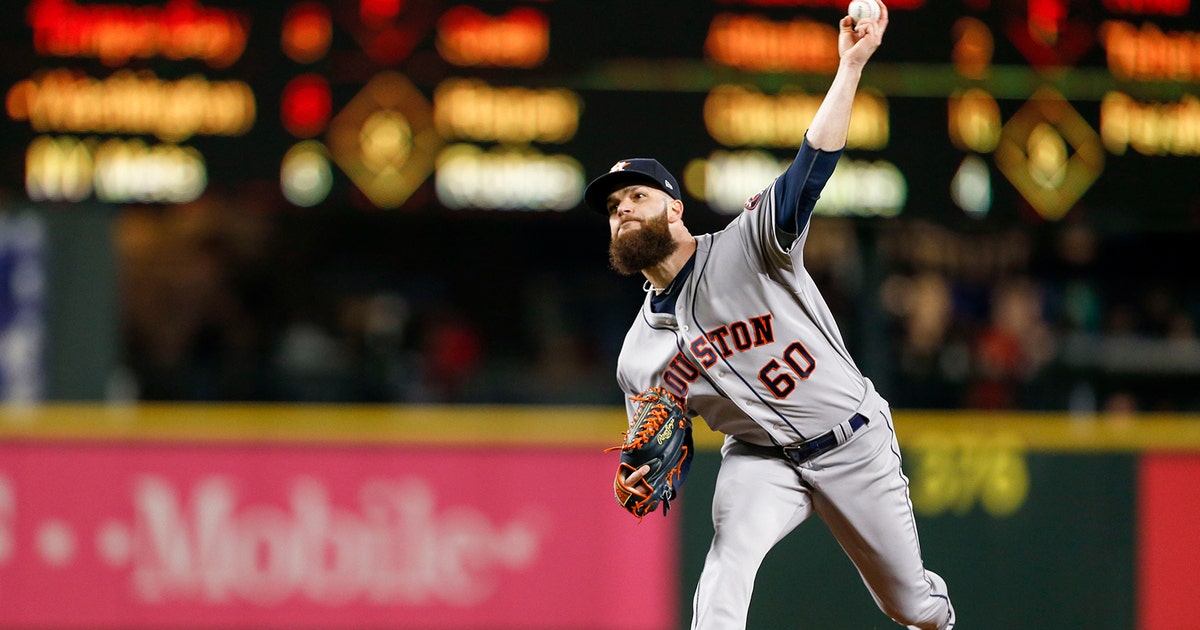Three Cuts: How high should expectations be set for Dallas Keuchel?


Tyler Houston and Mike Kelly, two of the most intriguing “what-if” draft picks in Atlanta Braves history, were two notable reference points to the organization’s selection of Baylor catcher Shea Langeliers in the 2019 draft. Langeliers, the top defensive catcher in his draft class, is the first catcher the Braves have selected in the first round since Houston (1989) and he’s the first college position drafted in the first round by Atlanta since Kelly (1991).
Atlanta built parts of its mid-1990s powerhouse on the foundation of six consecutive top-six draft picks from 1986 to 1991.
The picks produced one future Hall of Famer with a prep shortstop named Chipper Jones and two very good major-league pitchers in Steve Avery and Kent Mercker. Selecting Derek Lilliquist at No. 6 overall in 1987 was a mistake in hindsight — especially considering Craig Biggio, Kevin Appier and Travis Fryman appear on the draft board after the selection — but the Houston and Kelly picks, both at No. 2 overall in their respective drafts sandwiched around Chipper’s selection, loom largest.
The two played 160 total games for the Braves; they were eventually traded in separate deals for the combined return of Ray King, Chad Fox and Ismael Villegas. The team missed on first-round talents Frank Thomas, Manny Ramirez, Shawn Green, Chuck Knoblauch, Cliff Floyd, Mo Vaughn and Charles Johnson in the 1989 and 1991 drafts.
Similar retrospectives will play out with the draft history of Atlanta’s latest rebuild.
The Braves have held nine first-round picks since 2015. The baseball industry is years away from properly judging even the ’15 class, but the selections of Mike Soroka (28th overall) and Austin Riley (41st overall) already look like foundational pieces for a contender and two of the best picks in the draft. The remaining group of pitchers — Kolby Allard, Ian Anderson, Joey Wentz and Kyle Wright — have landed on various top-100 prospect lists but have yet to build up any significant major-league playing time to make any sort of sweeping judgments. After not signing No. 8 overall pick Carter Stewart in 2018, Langeliers and Texas A&M shortstop Braden Shewmake are the latest additions to this group and, if all goes according to plan, the Baylor standout could be the final top-10 pick the franchise makes for the foreseeable future.
On draft night, Braves vice president of scouting Dana Brown pointed to the relative safety of the pick and it’s higher probability yielding than, say, a high-school arm, a positional weakness in the ’19 class: “We think we can get him here quick to the big leagues. We think he’s that type of player. It’s elite defense. … Plus-plus arm. Plus-plus defense. High IQ. Big-time makeup. High-energy type player. Just a good package for the franchise.”
If recent draft history provides any lessons, spending top-10 picks on catchers is a safe route. There have been 41 catchers selected in the first round since 2000; Langeliers and 2019 No. 1 overall pick Adley Rutschman became the 12th and 13th catchers taken within the first 10 picks over that span. Here’s the list:
2001: Joe Mauer
2005: Jeff Clement
2007: Matt Wieters
2008: Buster Posey, Kyle Skipworth, Jason Castro
2009: Tony Sanchez
2012: Mike Zunino
2014: Kyle Schwarber
2016: Zack Collins
2018: Joey Bart
2019: Adley Rutschman, Shea Langeliers
The simple breakdown? Two Hall of Fame-caliber players in Mauer and Posey, four good major-league players (Wieters, Castro, Zunino, Schwarber), three busts and four good-to-great prospects drafted since 2016.
In total, you’re looking at 154.7 FanGraphs wins above replacement in 6,151 career games. MVP-level production from Mauer and Posey certainly skew the numbers due to the number of games played, but that averages out to 4 WAR per 162 games.
Even if the hitting profile Langeliers started to flash since tweaking his swing in the Cape Cod League after his freshman year never fully pans out, the defensive profile should give him a high probability of making a major-league roster at least as a platoon option, which seems to be the direction most teams are going at the sport’s most physically taxing position anyways.
After years of risk tolerance and plenty of draft hits, Atlanta went with a much safer route in 2019, one that has paid off more times than not over the past two decades.
Copyright The Associated Press. All rights reserved. AP







